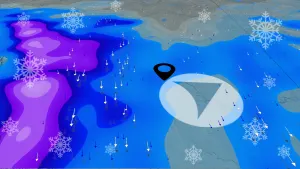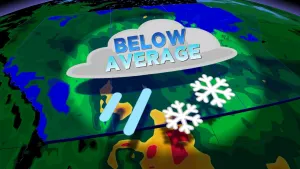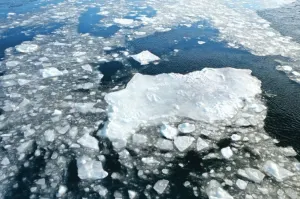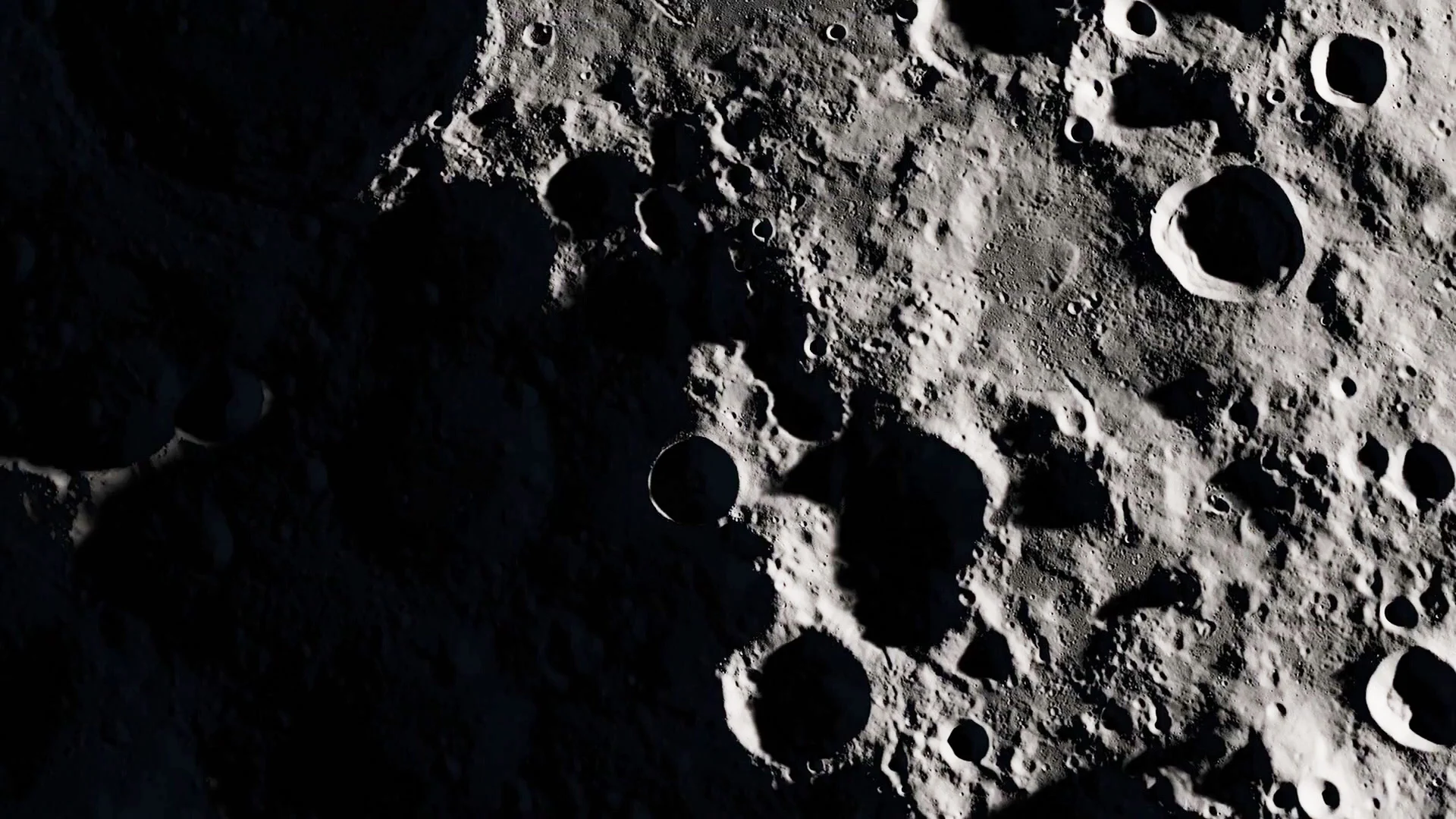
The Moon's perpetual shadows may harbour twice the ice we once thought
Ice on the Moon could cover an area equivalent to Lake Erie and Lake Ontario, combined
Even the tiniest shadows on the Moon could provide future astronauts with water.
There are immense craters at the Moon's north and south poles that are in perpetual shadow, never seeing the Sun's light. Scientists long speculated that these could become enormous traps for water, forming vast resources of ice that could be used by lunar explorers. In recent years, they have even proven this, using the Lunar Reconnaissance Orbiter to actually detect water in these dark craters.
Accessing and extracting this ice would not be an easy task, though. Just the perpetual darkness in these immense craters — ranging from 10s to 100s of kilometres wide — would make exploration difficult. While the dark could be dispelled by including sufficient lighting on rovers, suits and equipment, the lack of sunlight also means that these craters are intensely cold, at around -180°C. Considerable power could be needed to keep astronauts and equipment from freezing under those conditions.
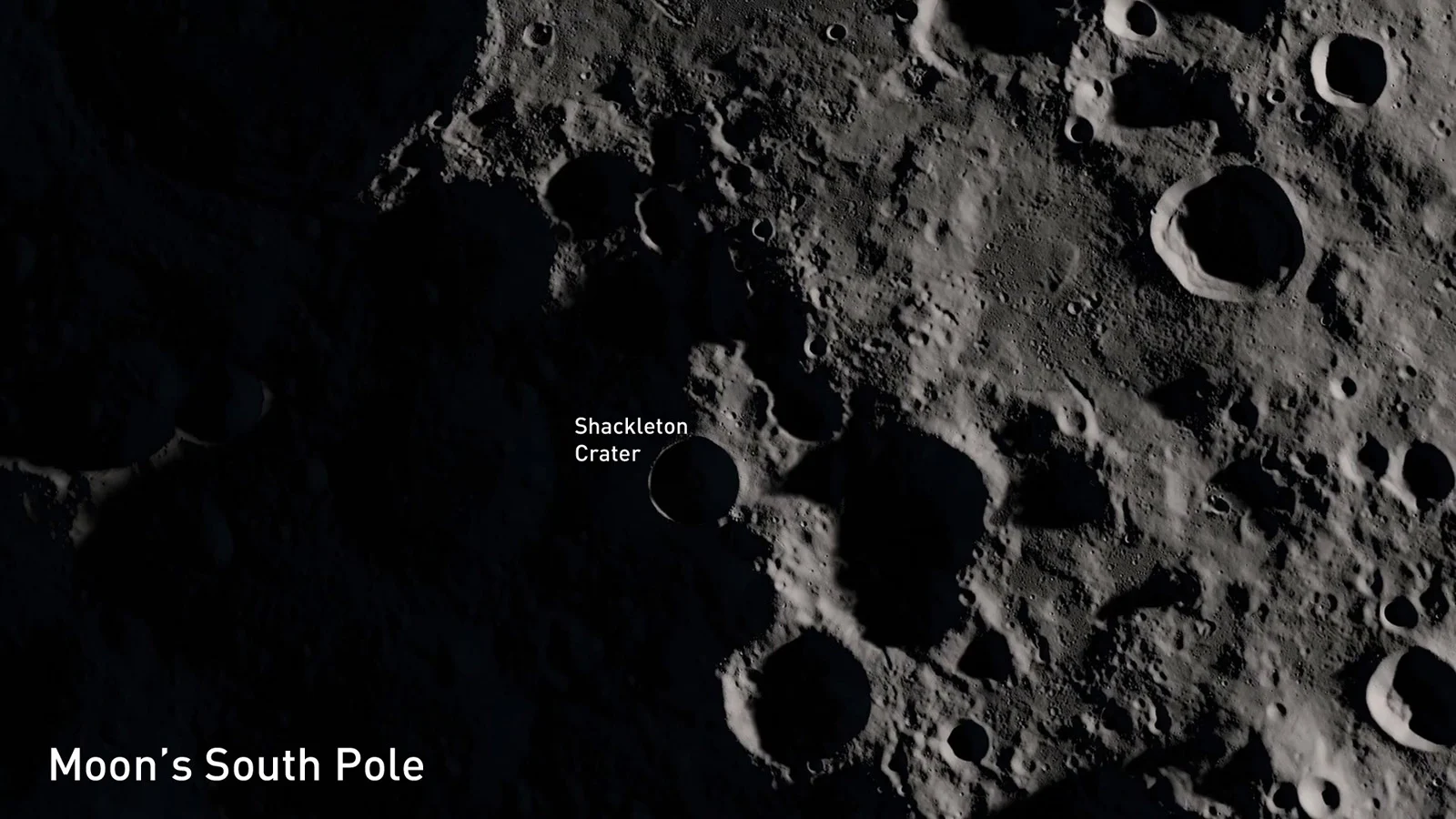
Shackleton Crater, located exactly at the Moon's south pole, is one of these perpetually shadowed regions. Credit: NASA
What if we didn't need to delve into the dark depths of these frigid craters, though?
In a new study, published in Nature Astronomy on Monday, a team of researchers has expanded this potential resource. Their findings as much as double the amount of ice that future lunar missions could tap into for water.
The key to this wasn't just to locate the largest 'cold traps' where ice could collect but to identify all of them.
"Astronauts may not need to go into these deep, dark shadows," lead author Paul Hayne, a planetary scientist at the University of Colorado Boulder, told CU Boulder Today. "They could walk around and find one that's a meter wide, and that might be just as likely to harbour ice."

Three images from the Moon, showing different scales of lunar shadows. Cabeus Crater, near the south pole, c/o NASA's Lunar Reconnaissance Orbiter (left). A portion of the landscape imaged by China's Chang'e-3 Yutu rover (centre). A close up camera image taken by the Apollo 17 astronauts (right). Credit: Hayne, et al./Nature Astronomy/NASA/CNSA/CCT
"If you can imagine standing on the surface of the Moon near one of its poles, you would see shadows all over the place," Hayne explained. "Many of those tiny shadows could be full of ice."
It was satellite imagery from NASA's Lunar Reconnaissance Orbiter that provided the researchers with their views of the Moon's surface for this study. Since these images have limits to their resolution, applying computer models to these images can reveal the extent to which the lunar surface would experience perpetual shadow.
"Spacecraft that orbit the Moon provide us with snapshots of the surface at a limited spatial resolution. Anything smaller than that has to be inferred statistically," said co-author Norbert Schorghofer, according to a Planetary Science Institute press release. "The closer you look the more cold traps you see."
Watch below: NASA discovers water on the sunlit surface of the Moon
DOUBLE THE ICE
"What this new study showed is that there are many more cold trap sizes down to one centimetre in diameter," said Gordon Osinski, Director of Western University's Institute for Earth and Space Exploration. "Added up, these cover an area of 40,000 km², roughly Lake Ontario and Lake Erie combined!"
Although not involved in this research, Osinski is a planetary scientist who has led numerous analog space missions to prepare astronauts, planetary scientists, and students for safely procuring and returning lunar samples to Earth.
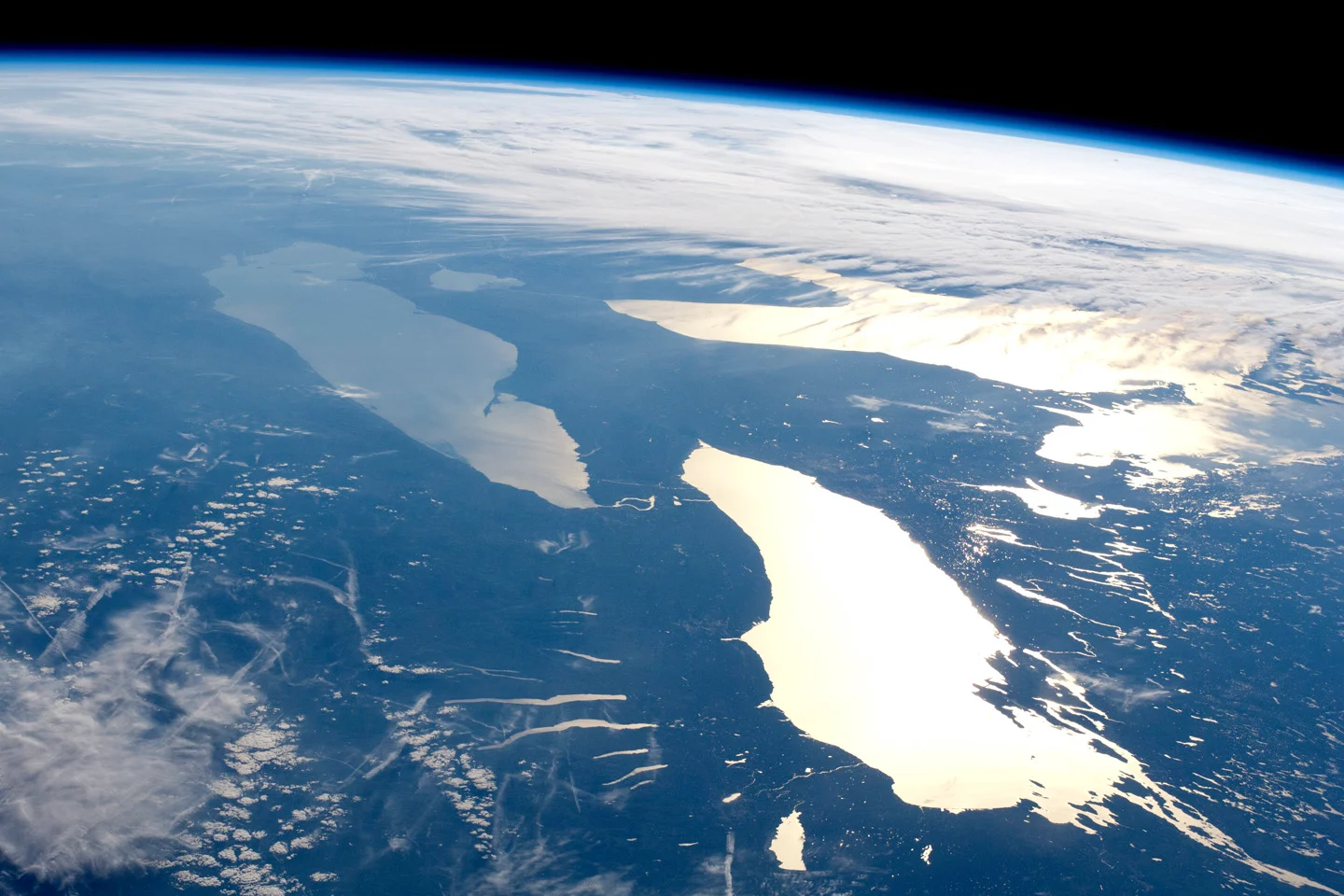
A view of sunlight glinting off Lake Erie and Lake Ontario, imaged by the Expedition 31 crew, on board the International Space Station, on June 14, 2012. Credit: NASA's Earth Observatory
This study's new estimates give the lunar north pole around 17,000 km² of 'cold-trapping area', while the south pole would have around 23,000 km². According to the researchers, this is roughly twice the area of earlier estimates.
Now, there's no telling how many of these cold traps actually contain ice deposits. Also, if they do, there's currently no way to know exactly how much ice is there. The results of this study just expand our opportunities for exploration and for potentially living on the Moon.
"I think the biggest implication is that these cold traps should exist all over the polar regions of the Moon," Osinski explained in an email to The Weather Network. "Whereas before we were thinking about missions that needed to be targeted to a small number of locations with large deposits, we may now have the opportunity for more flexibility in terms of exploring the Moon."








